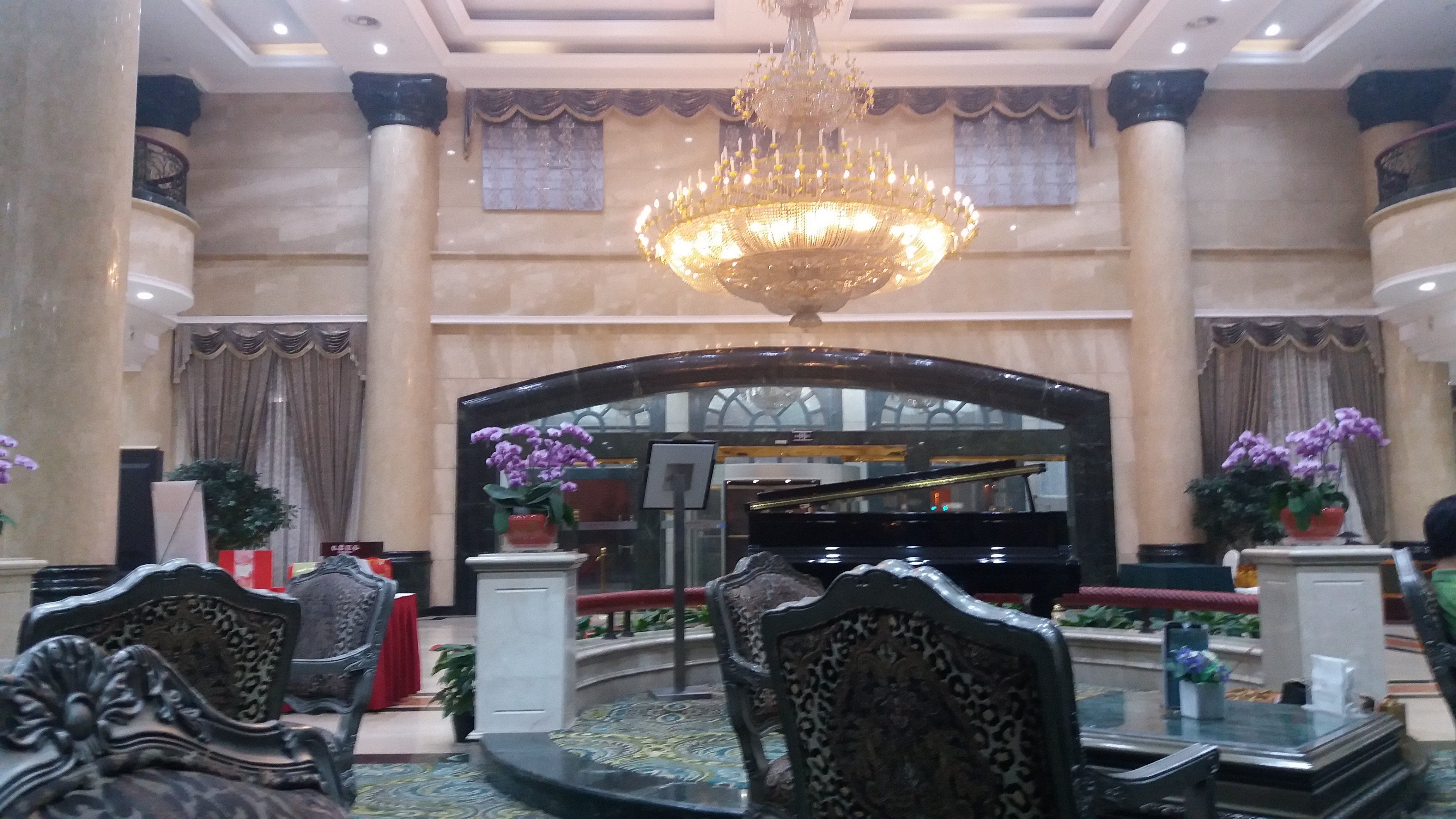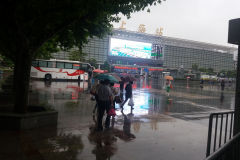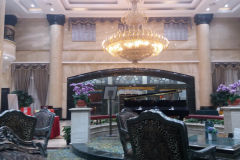Shanghai, located in the Yangtze River Delta region of China, has a rich and complex history that dates back over 1,000 years. The city has been shaped by a variety of influences, including Chinese, Western, and Japanese cultures, and has played a significant role in the country’s economic and political development.
The earliest known settlement in Shanghai dates back to the 5th century, when it was a small fishing village. However, it wasn’t until the 19th century that Shanghai truly began to develop into the bustling metropolis it is today. During this time, the city served as a major trading port and attracted immigrants from all over China, as well as foreign traders and missionaries. This led to the development of a unique blend of Chinese and Western cultures in Shanghai.
In 1842, the Treaty of Nanking was signed between the United Kingdom and China, which opened Shanghai to foreign trade. This led to a massive influx of foreign merchants, who established trading posts and settlements in the city. The foreign presence in Shanghai also led to the development of a number of international concessions, which were areas of the city that were controlled by foreign powers.
During the late 19th and early 20th centuries, Shanghai experienced rapid economic growth and modernization. The city became a major center for international trade and finance and attracted a large number of Chinese and foreign entrepreneurs. The city also played an important role in the country’s political and cultural development, as it was a hotbed of revolutionary activity and the birthplace of many of China’s leading intellectuals and artists.
However, Shanghai’s growth was not without its challenges. The city was plagued by poverty, crime, and political unrest, and it was also the site of several major conflicts, including the Shanghai War of 1932 and the Battle of Shanghai in 1937, during which the city was occupied by the Japanese.
After World War II, Shanghai’s economy and population grew rapidly again, but it was also affected by the political turmoil of the Chinese Civil War and the Cultural Revolution. The city’s economy and infrastructure were largely rebuilt during the reform and opening-up period of the 1980s and the 1990s, under the leadership of Deng Xiaoping.
Today, Shanghai is a leading global city, a major financial center, and a popular tourist destination. It is home to a diverse population of over 24 million people and is a symbol of China’s economic and cultural resurgence. Despite the challenges it has faced throughout its history, Shanghai has managed to maintain its unique identity and continues to play an important role in shaping China’s future.






